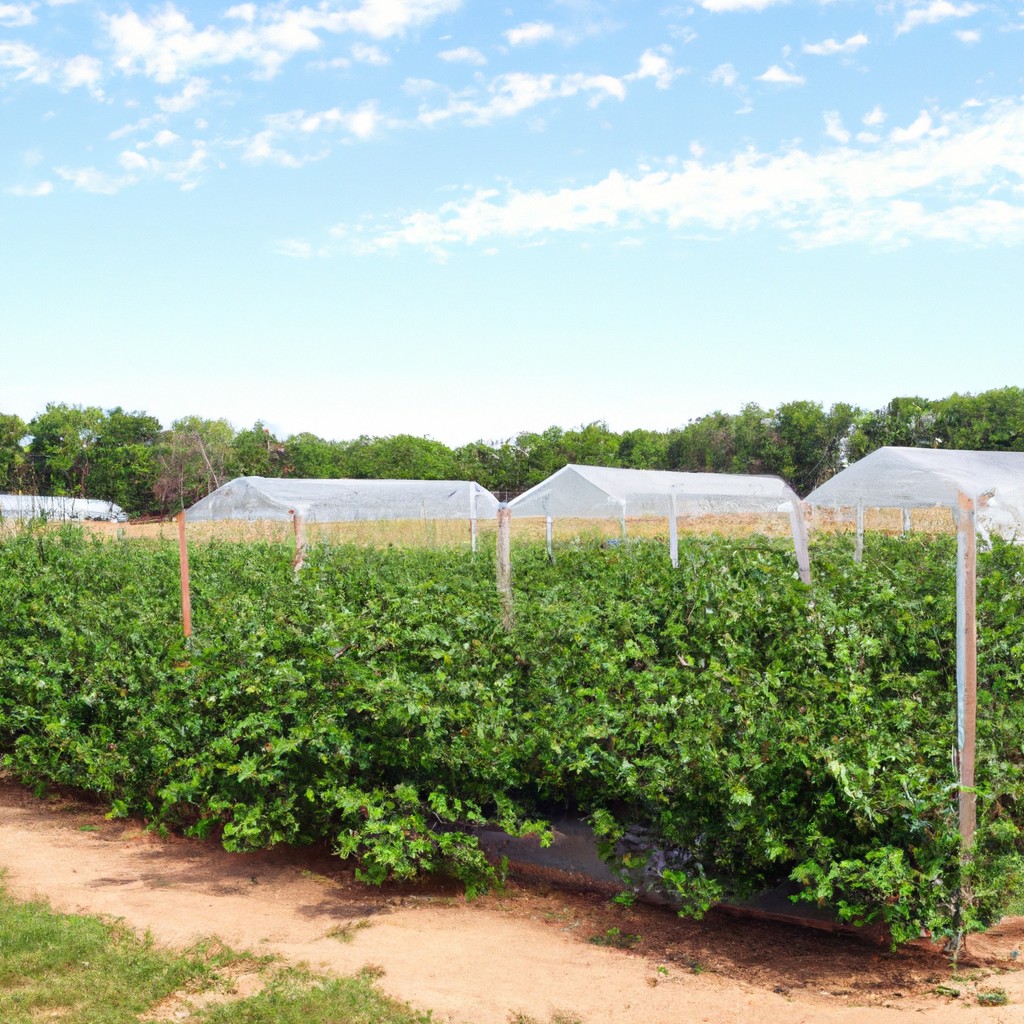This guide outlines the key agricultural services available in Owasso, Southern region, helping you discover local farming support and resources.
Look Inside:
Overview of Southern Agriculture’s Role in Owasso

Agriculture in Owasso is a vital contributor to both the local economy and the community’s identity. The area’s fertile soil and suitable climate allow for the cultivation of diverse crops like corn, wheat, and soybeans. This farming success is bolstered by a strong support system in the form of local agricultural programs and community-sponsored farmers’ markets, which help promote and sell local produce. Additionally, Owasso is part of a larger regional network that significantly influences agricultural methods and innovations across the southern states.
Key Crops Grown in Owasso
Owasso’s fertile soil and favorable climate support a variety of crops crucial to both its economy and the local cuisine. Corn and wheat are staple yields, integral to the diet of the area and serving as key commodities for trade. Soybeans also play a significant role, mainly due to their versatility and demand in markets outside the region.
Sorghum is another essential crop, appreciated for its drought resistance and used widely both as feed for livestock and as a component in biofuel production. Beyond these mainstays, Owasso farmers experiment with niche market products like pecans and pumpkins, which cater to specific consumer interests and seasonal demands. These crops not only sustain the agricultural landscape but also contribute to the cultural fabric of Owasso, reflecting the area’s agricultural adaptability and ingenuity.
Technological Advances in Farming Practices
Advancements in technology have significantly revamped farming practices in Owasso. Precision agriculture tools have become game changers, enabling farmers to optimize both yields and resource usage. By leveraging GPS and IoT sensors, tractors and other machinery can now plant seeds and distribute water and fertilizers more accurately.
Drones offer another leap forward, surveying large tracts of land quickly to assess crop health and growth. This aerial perspective helps detect issues like pest infestations or water shortages before they escalate. Moreover, data analytics plays a crucial role, processing information collected from various tech sources to make informed decisions, boosting productivity and sustainability.
These technologies not only save time and effort but also contribute to a more sustainable agricultural practice by reducing waste and increasing efficiency.
Economic Impact of Agriculture On the Owasso Area
Agriculture significantly bolsters Owasso’s economy through both direct and indirect channels. Firstly, farming employs a considerable number of residents, providing stable jobs and supporting local livelihoods. Sales of crops and agricultural products contribute directly to the local economy, with a ripple effect on related industries such as transportation, equipment sales, and food processing.
Furthermore, Owasso’s agricultural sector attracts investments in technology and infrastructure, improving the efficiency and output of farming operations. This investment not only upgrades local agricultural practices but also encourages a sustainable economic environment by promoting growth in ancillary sectors.
Additionally, tourism linked to agriculture, including farm visits and local farmers’ markets, play a pivotal role in strengthening community ties and boosting local businesses. This aspect of agriculture fosters a strong bond between residents and the farming community, enhancing social cohesion and economic stability.
Future Trends in Agricultural Practices
Farmers in Owasso and beyond are adopting new practices aiming to increase sustainability and efficiency. Here are a few trends gaining traction:
**Precision agriculture** is becoming increasingly common, using GPS and IoT sensors to guide machinery and optimize water and nutrient application.
**Vertical farming** is on the rise, particularly in urban areas near Owasso. This method uses significantly less land and water than traditional farming, making it an environmentally friendly option.
**Regenerative agriculture** focuses on improving soil health and increasing biodiversity. This practice not only enhances crop yields but also plays a crucial role in carbon sequestration, helping to combat climate change.
**Drones and AI** are used for tasks ranging from crop monitoring to spraying pesticides. This technology ensures that resources are used efficiently and can help predict agricultural outputs more accurately.
These innovations are setting the stage for a more productive and sustainable agricultural future in Owasso. By integrating technology and sustainable practices, local farmers are paving the way for a greener tomorrow.




